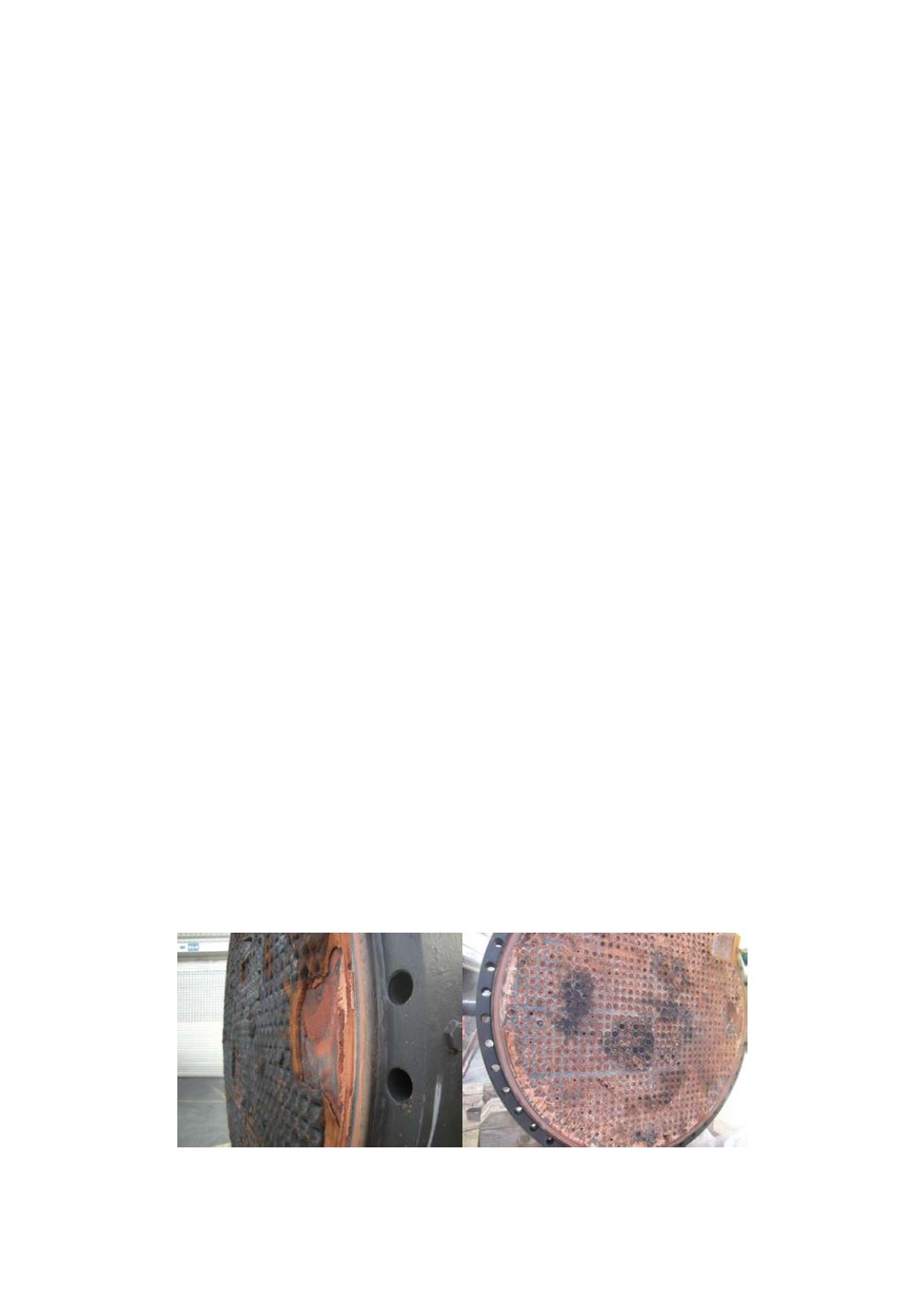

Silicon for the Chemical and Solar Industry XIII
Kristiansand, Norway, June 13 – 16, 2016
Aluminum Species in Methylchlorosilanes Production: From
Identification to Sequestering or Removal
J. Mohsseni, A. Bockholt, Wacker Chemie AG, Germany
Abstract
Aluminum chloride originating from aluminum impurities in metallurgical silicon is a constant
contaminant in the product mixture of the Müller-Rochow direct synthesis. It causes several
problems in the later stages of the silane distillation and purification process by reaction with
other components of the product mixture. For example, these reactions account for the
precipitation of solids which block filters and evaporator pipes, thus causing high maintenance
costs. Tetrachloroaluminates were found to be major constituents of the precipitated solids.
Strategies could be devised to avoid precipitation or to remove the aluminum compounds from
the product mixture.
Introduction
The Müller-Rochow direct synthesis is a well-established process for the large scale production
of methylchlorosilanes. The reaction of silicon with chloromethane affords a mixture of the
desired methylchlorosilanes contaminated with undesired side products. Side products are
alkanes, alkenes, chloroalkanes and aluminum chloride originating from the reaction of
aluminum contaminations of silicon with chloromethane. This mixture is separated and the
products are purified by distillation processes where under certain conditions for example in
evaporators precipitation of solids is observed. These solids often block filters as well as pipes
and tubing (Figure 1), thus causing high maintenance costs.
Figure 1:
Blocked evaporator pipes
139


















